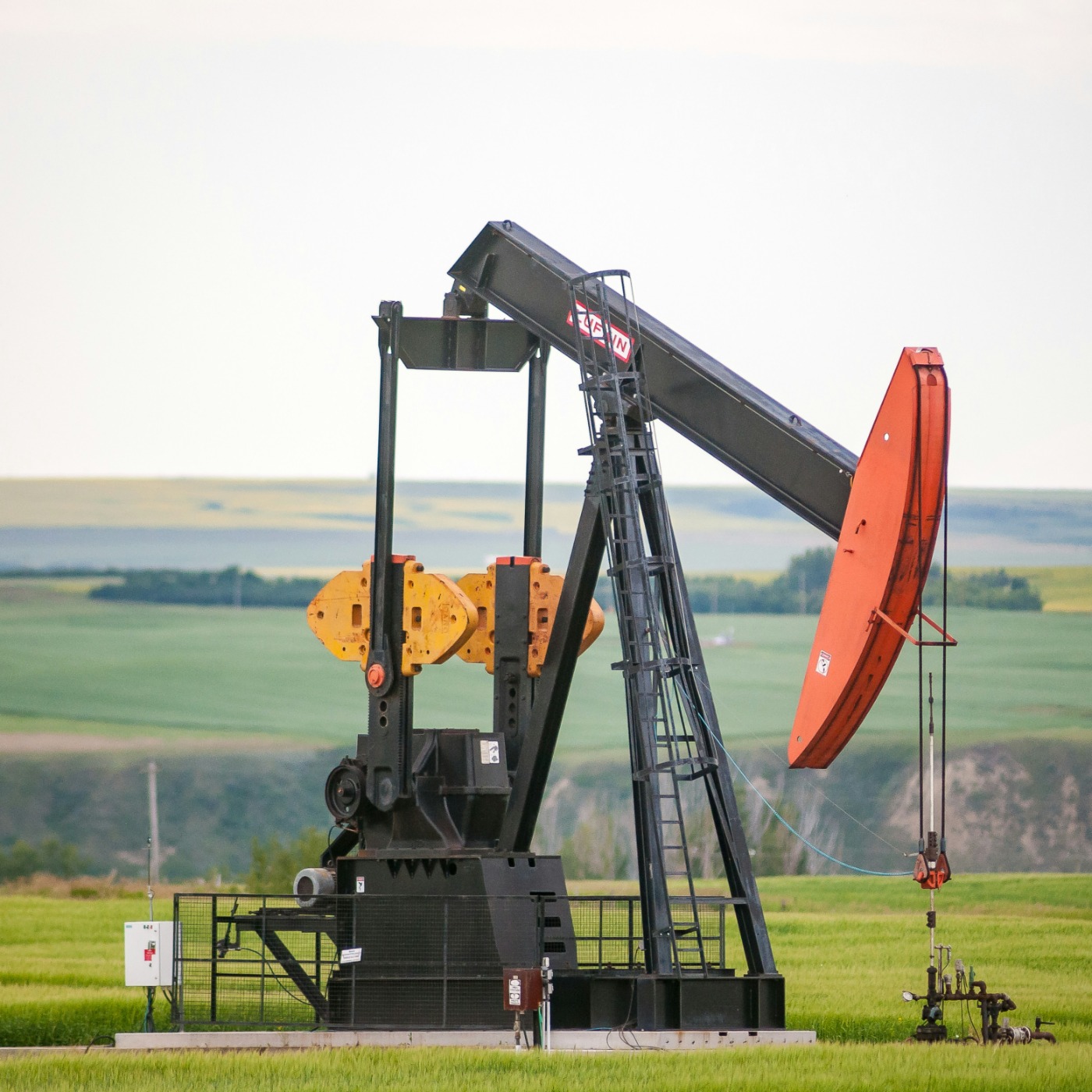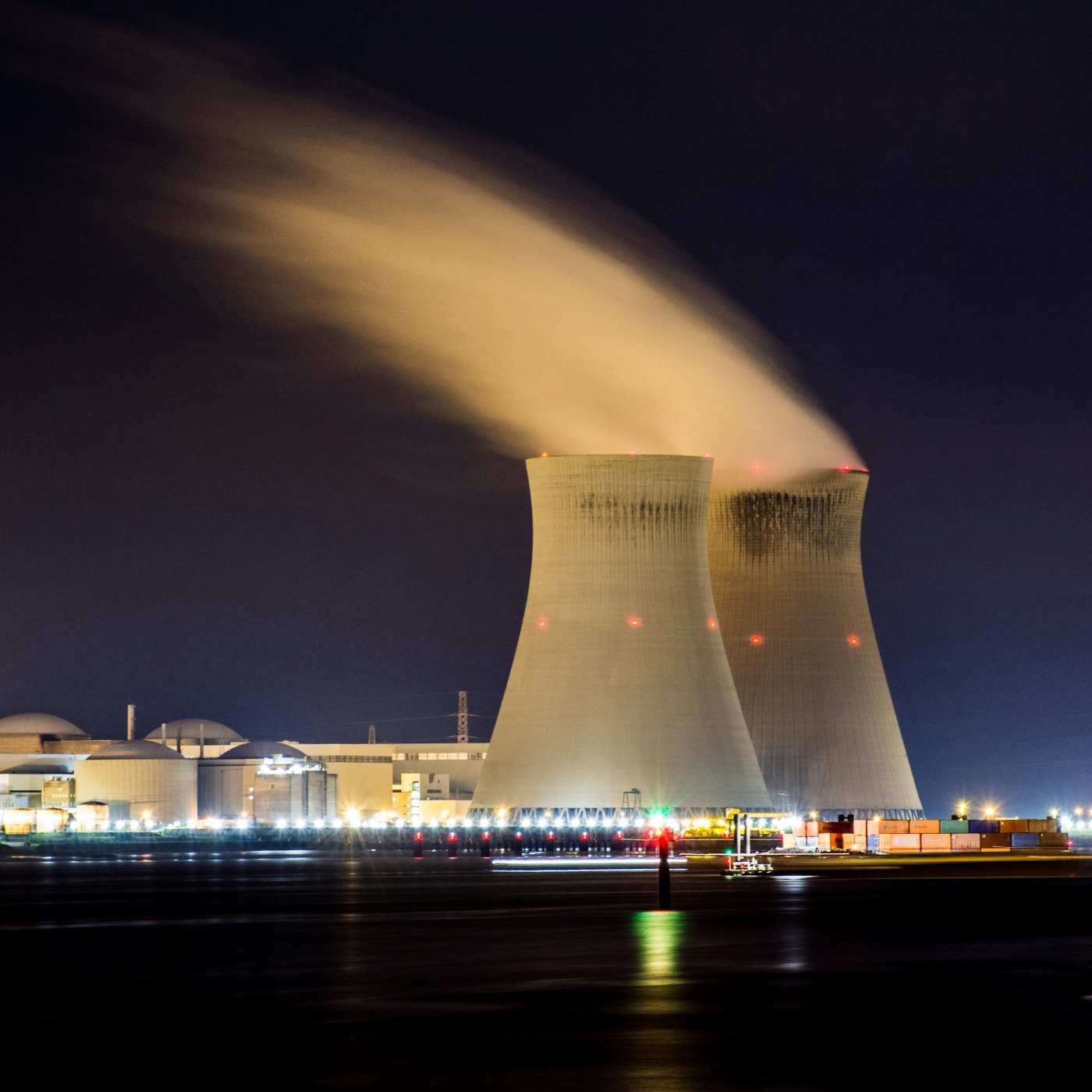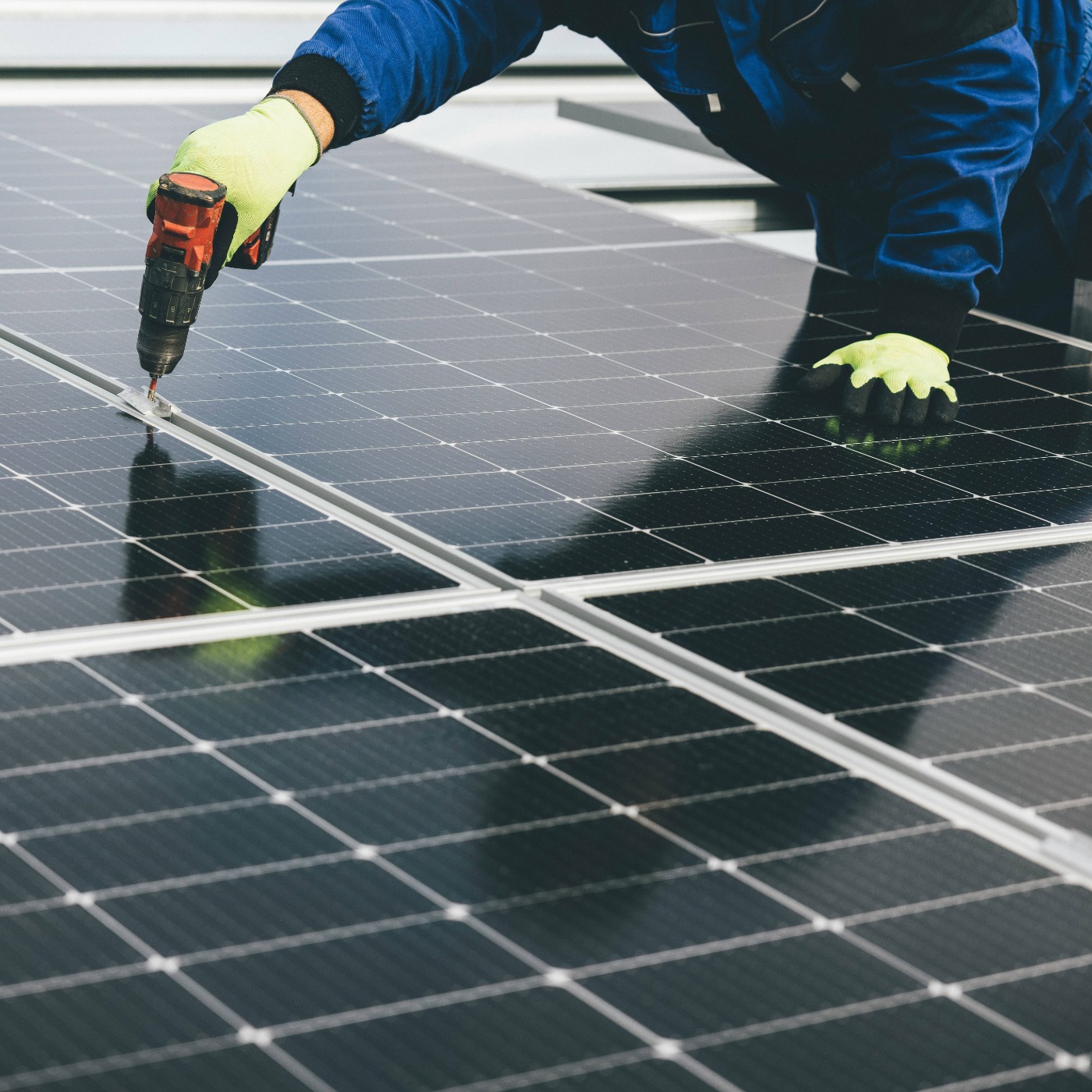01. Definition
What is the energy crisis?
In recent years, many scientists have raised their voice to warn about climate change, caused notably by the burning of oil and coal in order to produce energy.
Solutions to the energy crisis
Over the last two centuries, energy needs have skyrocketed dramatically, especially because of the transportation and industry sectors. However, fossil fuel are polluting and their reserves are limited. We know today that these resources are close to exhaustion and our societies are facing a major challenge: the energy crisis.

01. Definition

02. Causes

03. Impacts

04. Solutions
05. Implementations
Helios Exchange by Helios Exchange, Inc. implemented by New York City in New York (United States) in 2019
MOBILE DRIVES INVERTERS by Bucher Hydraulics AG implemented by GINAF TRUCKS NEDERLAND B.V. in Amsterdam (Netherlands) in 2014
Lepido by Enjay AB implemented by Burger King Scandinavia in Malmö (Sweden) in 2021
Urban Smart Ecopark by Obwstreetstyle implemented by City of Angers in Angers (France) in 2019
Hydrogen electric powertrain for aviation by ZeroAvia implemented by Royal Schiphol Group in Rotterdam (Netherlands) in 2021
Eocycle/EO25 Distributed Wind Turbine by Eocycle Technologies Inc implemented by TARIMÖZ in Istanbul (Turkey) in 2024
Hydrogen Power Module by Genevos implemented by Orkney Ferry in Kirkwall (United Kingdom) in 2021
Floating Drum Turbine by Green Energy Development Co. implemented by Alborz Caspian Fish Farm in Karaj (Iran) in 2020
ODYSSEY by SEED-Energy implemented by Territoire d’Innovation in Ferney-Voltaire (France) in 2020
Absolicon T160 Solar Collector by Absolicon Solar Concentrator implemented by Birra Peroni in Bari (Italy) in 2023
Absolicon T160 Solar Collector by Absolicon Solar Concentrator implemented by Chelal Tea Factory in Kebenet (Kenya) in 2024
Bioreactor BioRenGaz by BioRenGaz implemented by Seppi Gaz in Issenheim (France) in 2024
ChargeGuru EV Charging Solution by ChargeGuru implemented by Hôtel bois d’Imbert in Rocamadour (France) in 2021
Paragon Pod by Paragon Mobility implemented by Vestas France in Sancheville (France) in 2020
Concentrated Solar Thermal Solution by Azteq implemented by ENGIE in Seville (Spain) in 2022
HECLA(R) Setores 1.000 and 1.500 by AquaGreen implemented by Odsherred Electric Utility Company in Odsherred (Denmark) in 2022

06. Conclusion















